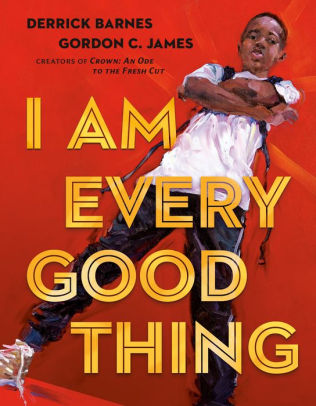This year my intention is to read the Bible all the way through chronologically (a Back to the Bible reading plan). It’s been a while since I’ve attempted anything so ambitious, but so far, so good. The first few months are pretty straightforward: Genesis 1-11 followed by Job, and after that straight through up to I Samuel, where they start throwing various Psalms at you. Kings alternate with prophets, epistles with Acts, gospels dance together, etc.—should be interesting.
What strikes me this year, and not for the first time, is the presence of God. He is the main character, but somehow it’s easy to overlook just how active he is, how generous, and how much there. He inhabits the story even before there is a story. He is the director, but also the principal actor. He thinks and acts and feels, grieving in his heart over every intention of man’s heart.
If history is merely the unfolding of a preset plan, why grieve? He’s not just watching or directing, he’s participating. He makes a covenant “with every living creature of all flesh that is on the earth”: from bacteria and paramecium to every last man and woman. Each individual life is in his hands but their species is secured “while the earth remains.”
After Genesis 3, and after the flood, the story continues with an abiding tension, as is proper to any drama. The gulf between God and man is fixed and no one can cross it. With the story of Job, the frustrating adage of every parent and sage is born: “Who ever told you that life is fair?” Job’s chief lament is that he’s arguing with the inarguable. No one can speak for him or answer for him. The “Almighty” (used singularly, rather than “Lord Almighty,” only in Job) seems to stand far off and involves himself only to torment: “What is man that you make so much of him?”

Job wants to make something of himself before God. He dreams of a relationship restored, while his friends insist that’s impossible. They’re sticking to a mathematical calculation of rule and reward, as legalists have done ever since. But Job is haunted by the idea of an advocate (the seed, the serpent-crusher, the redeemer). And he’s right to imagine so. God is not an abstract ethos. He is present. He is involved. He storms upon Job’s third act and takes over the narrative. Does Job want an answer? Here’s the answer: not a proposition, but a presence that will continue to dominate as prehistory gives way to ancient history and a pagan from Ur is called out to be a wanderer.
The drama continues . . .

